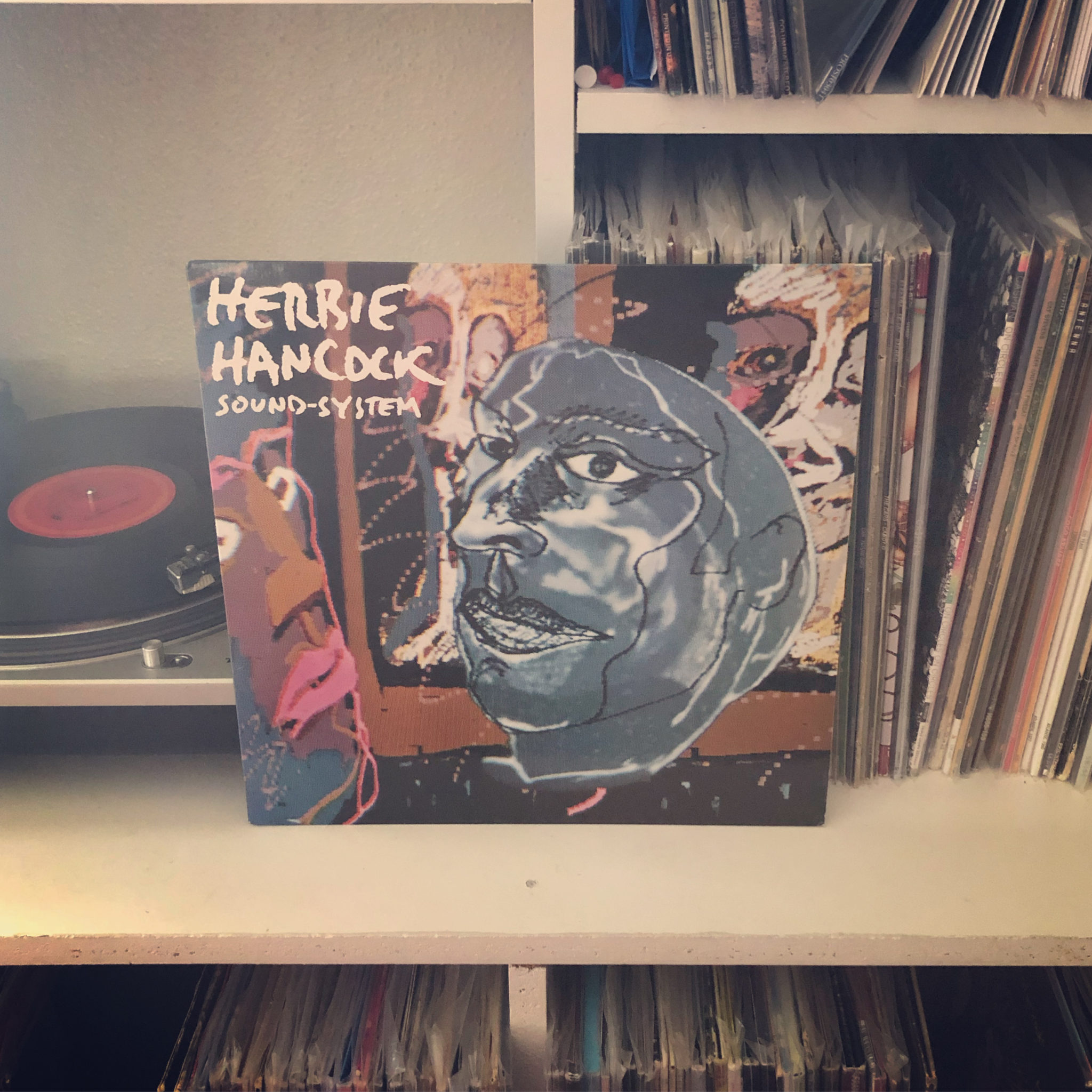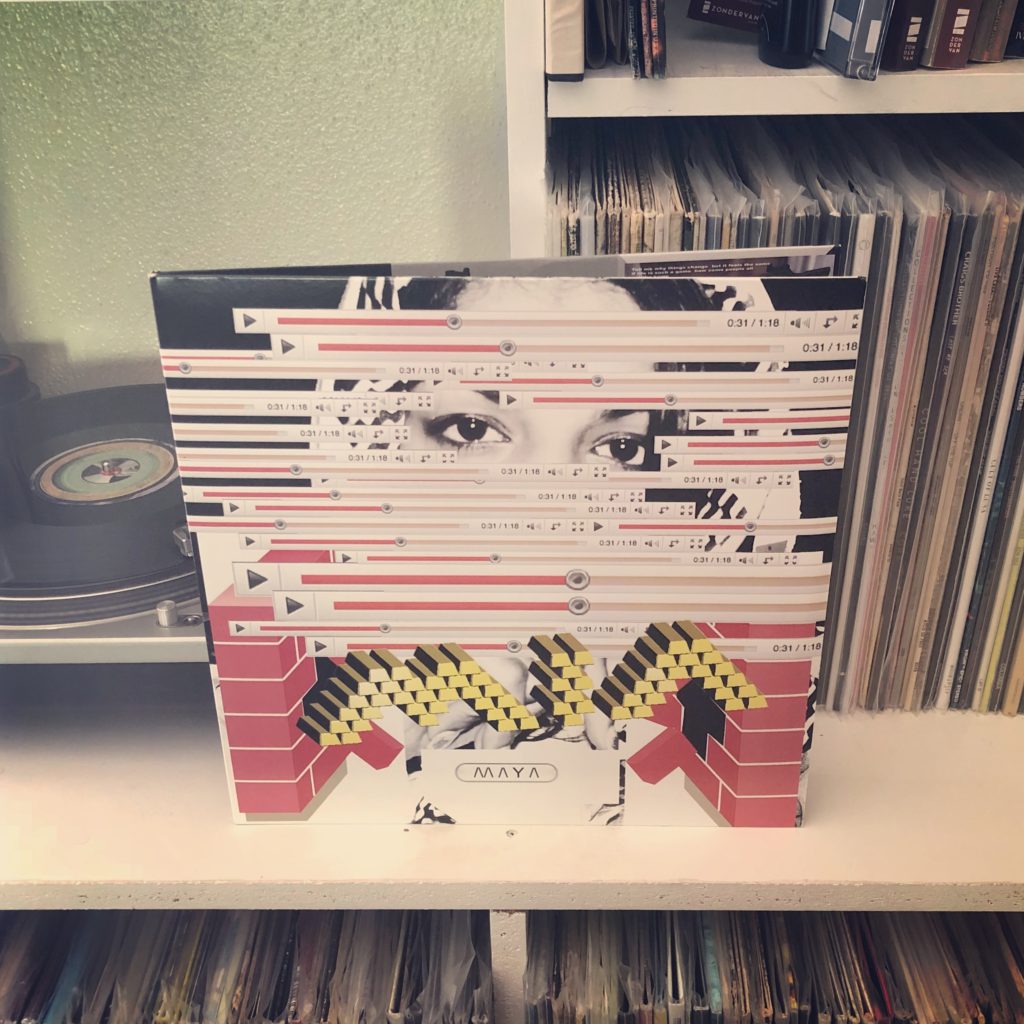 Bjork has become kind of a punchline in recent years. And if we’re honest, both the fae princess schtick and her increasingly experimental electropop are pretty rife for parody.
Bjork has become kind of a punchline in recent years. And if we’re honest, both the fae princess schtick and her increasingly experimental electropop are pretty rife for parody.
But before the swan dresses and coy word salad interviews, we have to remember why Bjork was thrust into the spotlight in the first place—and that reason is her brilliant sophomore record Post, an album sharpened to such a bleeding edge that it still sounds modern two decades later.
electro
Record #673: Herbie Hancock – Sound-System (1984)

Herbie Hancock is one of the more convincing chameleons (pun intended) in jazz history.
After writing indelible standards like “Maiden Voyage” and “Watermelon Man,” pioneering fusion alongside Miles Davis, and leading the far-out, futuro-Afro fusion band Mwandishi, Herbie easily could have rested on his laurels and still been heralded as a legend.
But resting isn’t exactly one of Herbie’s strong suits. And in the mid-eighties, he continued to look forward. Sound-System, his second album with the Rockit band, finds him setting aside horns, pianos, and tune itself in favor of drum machines, turntables, and samplers and exploring hip hop, funk, and electro.
Record #526: M.I.A. – /\/\ /\ Y /\ (2010)
 Throughout her career, M.I.A. has always been ahead of the curve—and the curve wasn’t always ready for her.
Throughout her career, M.I.A. has always been ahead of the curve—and the curve wasn’t always ready for her.
When she released MAYA eight years ago, it was heavily criticized for its YouTube-inspired album art and the digital chaos that created the musical landscape. Little did we realize how prescient it actually was. Continue reading
Record #525: M.I.A. – Kala (2007)
 How do you follow up a breakout hit that managed to mix political protest with dancefloor-ready art pop?
How do you follow up a breakout hit that managed to mix political protest with dancefloor-ready art pop?
If you’re M.I.A., you turn up the dial on every element of your debut and set those suckers to eleven.
Record #524: M.I.A. – Arular (2005)
 As legend has it, in the early 2000s the daughter of a Sri Lankan freedom-fighter slash visual artist named Mathangi “Maya” Arulpragasam (AKA M.I.A.) was introduced to the iconic Roland MC-505 sequencer and drum machine.
As legend has it, in the early 2000s the daughter of a Sri Lankan freedom-fighter slash visual artist named Mathangi “Maya” Arulpragasam (AKA M.I.A.) was introduced to the iconic Roland MC-505 sequencer and drum machine.
Despite having no musical experience of her own, she immediately saw the 505 as a tool to broadcast political messages to a society obsessed with entertainment. She could use hip-hop and dance music as a megaphone to amplify the struggles of marginalized people around the globe.